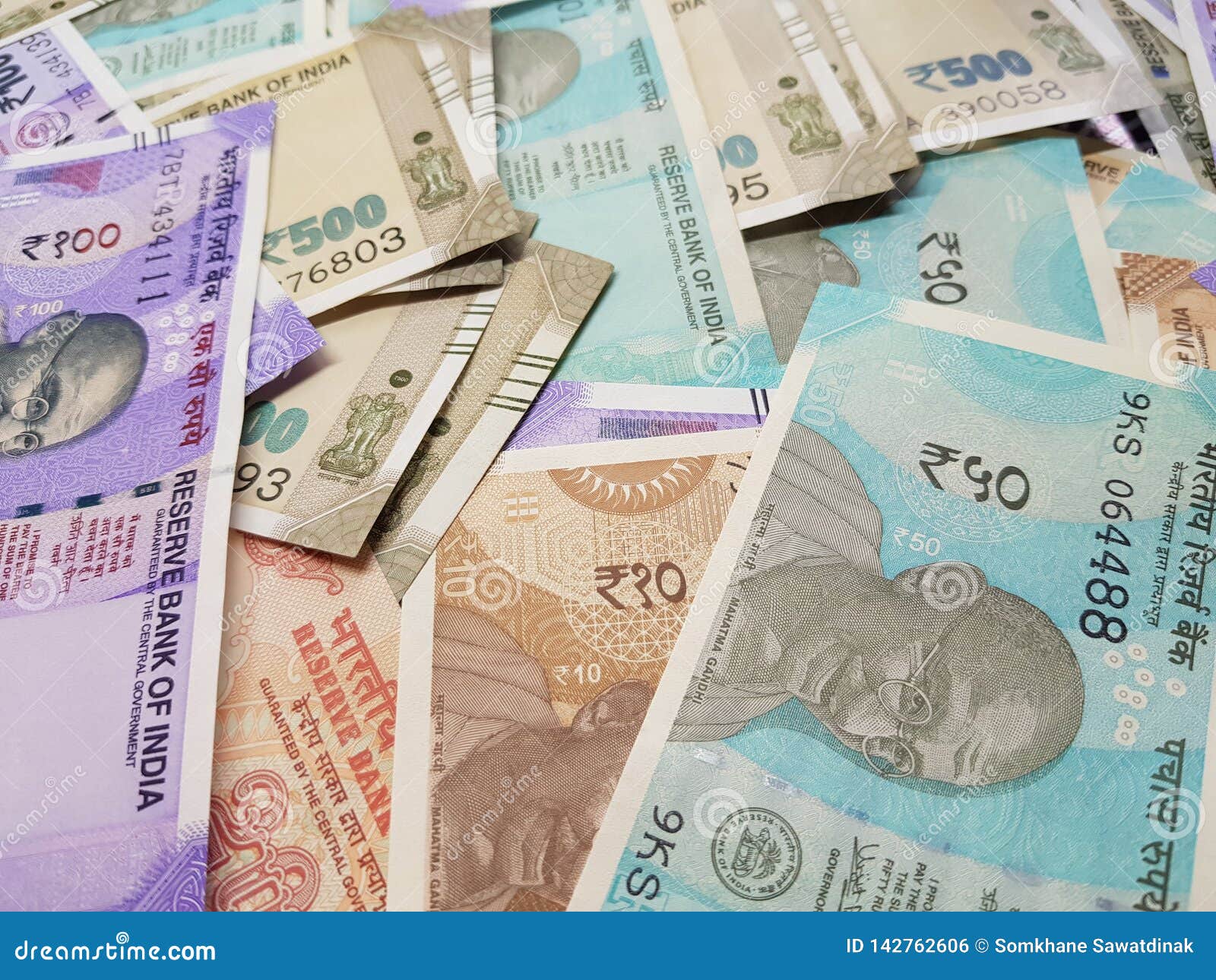

That’s why it’s more important for you to focus on lowering your fees than on waiting for a great exchange rate. The takeaway? Exchange rates will go up and down over time. You can read more about this type of “managed float” system in our guide to exchange rates here. Market forces like supply and demand generally determine rupee rates, but the Reserve Bank of India can step in if the exchange rate begins to swing wildly.

One thing you will notice is that the value of a currency pair changes often. In this example, USD/INR is called a currency pair. This means that the value of one US dollar is 73.77 rupees.

For example, you may see the following when looking for dollar to rupee rates: These rates are used for currency exchange. An exchange rate highlights the value of one currency compared to another.


 0 kommentar(er)
0 kommentar(er)
